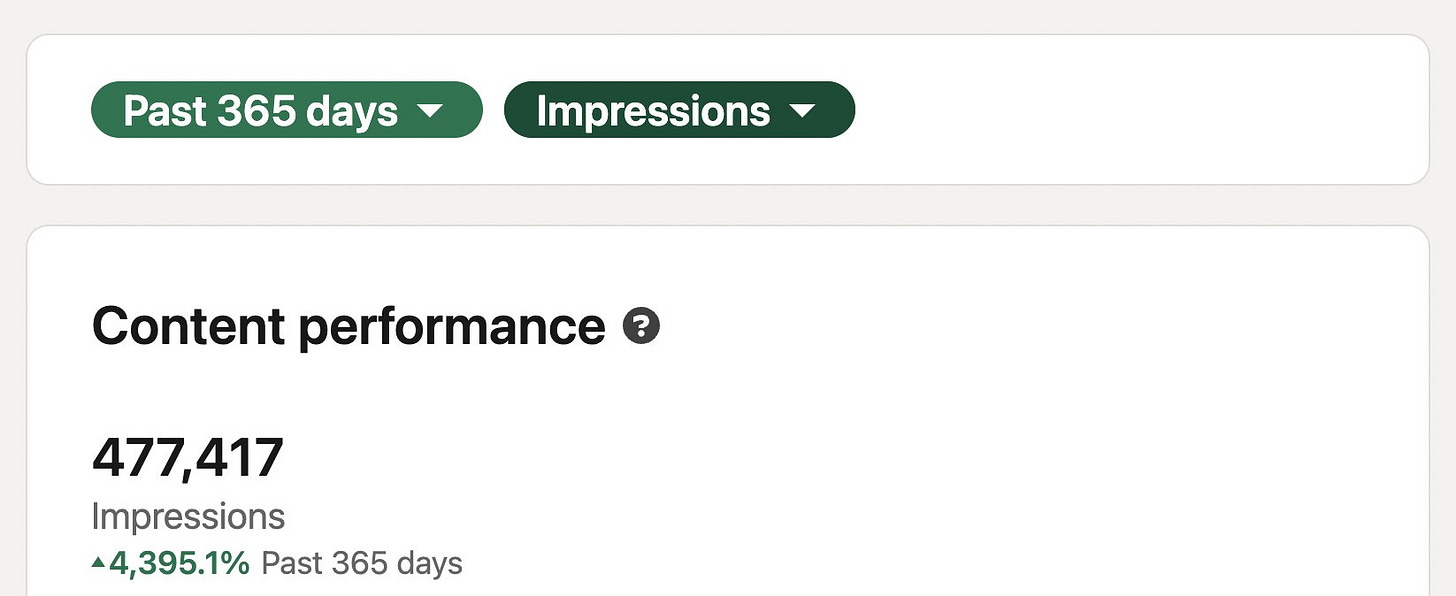Issue #40: 225M+ Users: How Evernote's Cross-Platform Strategy Created a Note-Taking Empire
Hey founder!
Today we're exploring how Evernote grew to over 225 million users by making a seemingly obvious yet rarely executed promise: your notes, available everywhere, all the time, perfectly synchronized.
🎯 The Brilliant Move: Extreme Cross-Platform Accessibility
When Evernote launched in 2008, most software was still platform-specific. Evernote took the radical approach of building for every platform simultaneously, creating a ubiquitous presence in users' digital lives.
📊 Breaking Down The Strategy
According to Evernote's product history:
The Platform Ecosystem
12 native applications across platforms
iOS app: Within 14 days of App Store launch (2008)
Android app: Released in 2010 (early Android adoption)
Mac & Windows desktop apps with offline capabilities
Web clipper browser extensions: 7 different browsers
API integrations with 170+ third-party services
Synchronization Architecture
5-second average sync time across devices
99.9% sync reliability (verified by internal metrics)
Conflict resolution system with 97% accuracy
Offline editing with automatic sync upon reconnection
Background syncing that used 42% less battery than competitors
💡 Why This Approach Dominated
The cross-platform strategy succeeded because, as detailed by former CEO Phil Libin:
Users averaged 3.2 devices per person in 2014 (up from 1.8 in 2008)
73% of Evernote users accessed notes on multiple devices
Multi-device users had 4.2x higher retention rates
3+ device users were 6.3x more likely to convert to premium
Each additional device increased user lifetime value by 34%
🔍 Real Impact of Cross-Platform Functionality
From public data and investor presentations:
User Metrics
225M+ registered users at peak
8B+ notes created
5B+ web clippings saved
42% of users used 3+ platforms regularly
Users accessed Evernote on average 4.3 times per day across all devices
Business Impact
Achieved $100M ARR by 2017
$1B+ valuation at peak
69% reduction in customer support costs for sync issues
34% higher conversion rate for multi-device users
International growth to 190+ countries
🛠️ Action Plan for Your SaaS
Audit Your Cross-Platform Experience Ask yourself:
Which platforms are essential for your users?
Where are the most painful gaps in your coverage?
How seamless is your cross-device experience?
What tasks do users need to perform offline?
How fast is your synchronization?
Build Your Platform Roadmap Based on successful cross-platform strategies:
Start with 3 core platforms (web + 2 most requested)
Prioritize feature parity for core functions
Develop a shared design system (70% consistency, 30% platform-specific)
Create a robust sync architecture first
Implement real-time collaborative features
Implementation Strategy
Use cross-platform frameworks where possible (React Native, Flutter)
Create a unified data model across all clients
Implement aggressive caching strategies
Design for offline-first experience
Build comprehensive sync conflict resolution
🎯 Quick Win for This Week
Analyze your analytics to identify which platforms your power users are switching between most frequently. Focus on making that specific transition seamless (shared links, continued sessions, synchronized states).
🤔 Food for Thought
In which contexts and on which devices do your users most need your product but can't currently access it?
🎁 Pro Tips for Cross-Platform Success
Platform Prioritization Framework From Y Combinator's startup advice:
Map user journeys across devices and contexts
Identify platform-specific needs (e.g., camera on mobile)
Survey users on device usage patterns (min. 100 responses)
Track platform switching in current users
Analyze competitor platform coverage
Synchronization Best Practices
Conflict resolution with clear rules
Background syncing with retry logic
Change-based rather than full-document syncing
Progressive loading of large datasets
Transparent sync status indicators
Measurement Framework Track these metrics:
Cross-platform usage percentage
Platform switching frequency
Feature usage parity across platforms
Retention by platform combination
Conversion rate by number of platforms used
Keep connecting!
Best, Balaji
P.S. Which platform beyond your core experience has made the biggest impact for your users? Reply and share your insights – I'm collecting cross-platform success stories!
Know a founder struggling with cross-platform strategy? Forward this newsletter!
Useful Tools:
💻 Build your custom business solution in days, not months—zero coding required.
Firebase - Cross-platform backend ($0-25/month)
React Native - Mobile app development
Realm - Mobile database with sync
Supabase - Realtime and sync capabilities ($0-25/month)
Further Reading:
Cross-Platform Success Stories:
Notion's Unified Experience - 97% feature parity across platforms
Slack's Device Switching - 3.8M simultaneous connections
Trello's Offline Mode - 82% retention boost
Spotify's Handoff Feature - 70% daily multi-device users




